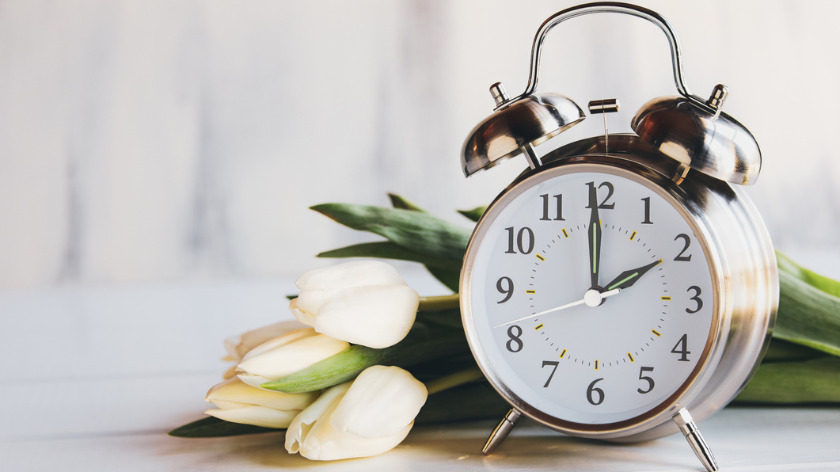”Little darlin’, it’s been a long, cold lonely winter. Little darlin’, it feels like years since it’s been here…”.
Ah yes, it’s that time of year again, when we lose an hour of sleep, but we gain some extra sunlight as we inch our way to the long summer nights waiting for us around the corner! Despite the fact that only about one-fifth of Americans are in support of our current approach of switching back and forth between daylight saving time and standard time throughout the year, we can’t all live in Hawaii or Arizona- the only two states in the US who don’t observe daylight saving time. And despite the fact that 70% of Americans report getting insufficient sleep, with the CDC going so far as to declare insufficient sleep a public health epidemic due to the established links between insufficient sleep and chronic diseases and conditions such as type 2 diabetes, heart disease, obesity and depression, daylight savings is still fast approaching.
So what are we to do? Accept that we will forever be chronically tired and send our circadian rhythms into a tailspin twice a year? How can we best prepare for the upcoming sleep disruption?
Preparation is Key
Just like most things in life, preparation is key. Making small changes to your sleeping routine in the weeks leading up to daylight savings will help ease the transition. Going to bed just 10 minutes earlier every 2-3 days in the preceding weeks will help your body adjust so the lost hour won’t be so jarring. If you or your children are particularly sensitive to the changes in time and are concerned about being alert on Monday morning, try an unconventional approach…make your switch on Saturday! Allowing yourself two days over the weekend to adjust to the new time may make the start of your week a bit smoother.
Optimize your Environment
Now is an excellent time to optimize your sleep environment. With dropping temperatures this time of year, it may be time to pull your duvet out of the linen closet and adjust your heat settings. Need to refresh your memory on what your optimal sleep environment should entail? We’ve got you covered.
Energize Your Evenings
Take advantage of the additional sunlight in the evenings – try eating dinner outdoors or going for a family walk in the evenings to enjoy the natural light. You may also consider making some changes to your daily routine to maximize your daylight hours. Throw in a load of laundry or pack your kids’ lunches while you get ready for work so you can fully enjoy your evenings!
And if you’re looking for a way to hold yourself accountable to aiming for better sleep, try setting a sleep goal with Vitality. We’re here to support your best slumber.

Lianne E. Jacobs, MPH, Health Communications Strategist, has a master’s degree in public health from Yale University. She is the only indoor cycling instructor who can’t ride a bike. She enjoys traveling the world, laughing at her own jokes, changing diapers, and tricking her husband into eating baked goods made with hidden vegetables.






